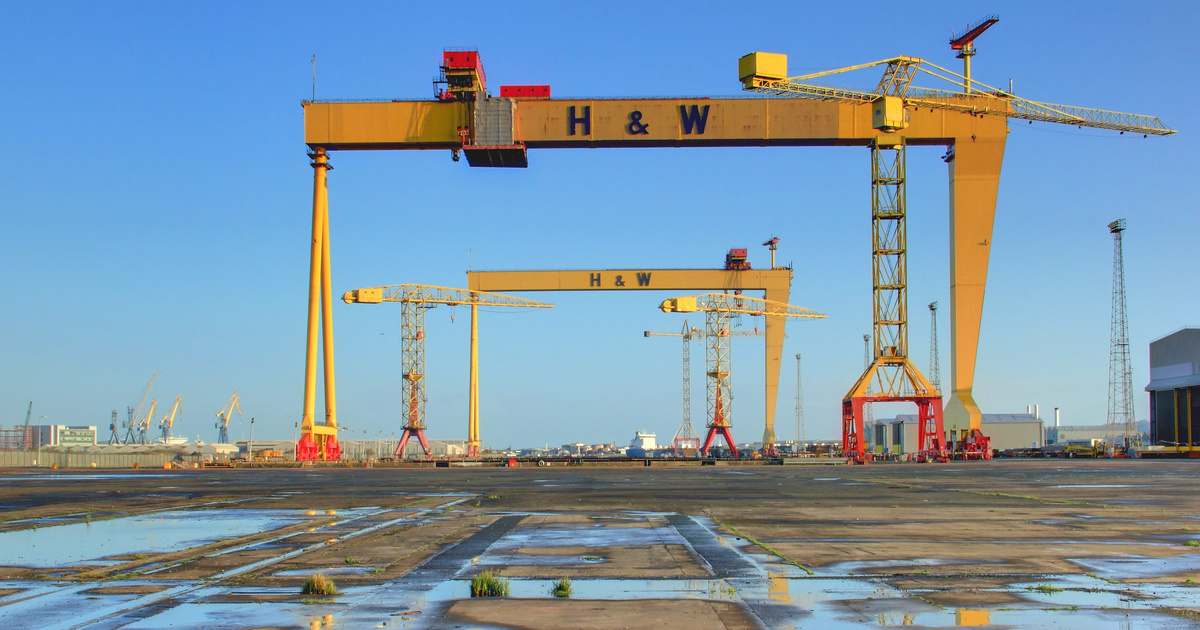The bankruptcy protection measure affects the headquarters of Harland & Wolff Holdings, which unites the group of companies, and the company's four factories – the Belfast plant, where the Titanic sank in 1912, was also made – as well as England and two factories in Scotland that will continue to operate, the company announced Monday.
According to the company's management information, the expectation that the company group will be able to continue operating under the management of the new owner is justified. The sale is being carried out by the financial services provider Rothschild & Co. The financial institution announced on Monday that
A number of potential investors have already expressed interest in a partial or full acquisition of Harland and Wolff, and the first round of tenders will be announced shortly.
According to MTI, the shipyards holding company in July requested a £200m emergency loan guarantee from the Labour government, which had just taken power after the parliamentary elections at the time, which refused to meet the request.
The company has already been saved by
Harland and Wolff has been placed into receivership for the second time in five years, but the company was rescued during previous bankruptcy proceedings in 2019.
The shipyard's most famous product, the Titanic – the largest moving object ever made by human hands – struck an iceberg 640 kilometres off the Canadian coast on her maiden voyage on the night of April 15, 1912.
On the side of the 52,000-ton Titanic, which was sailing at about 40 kilometers to New York, the collision hit a 91-meter-long keel, and the ship sank within a few hours. Of the 2,223 people on board, 1,517 lost their lives in the disaster.












































